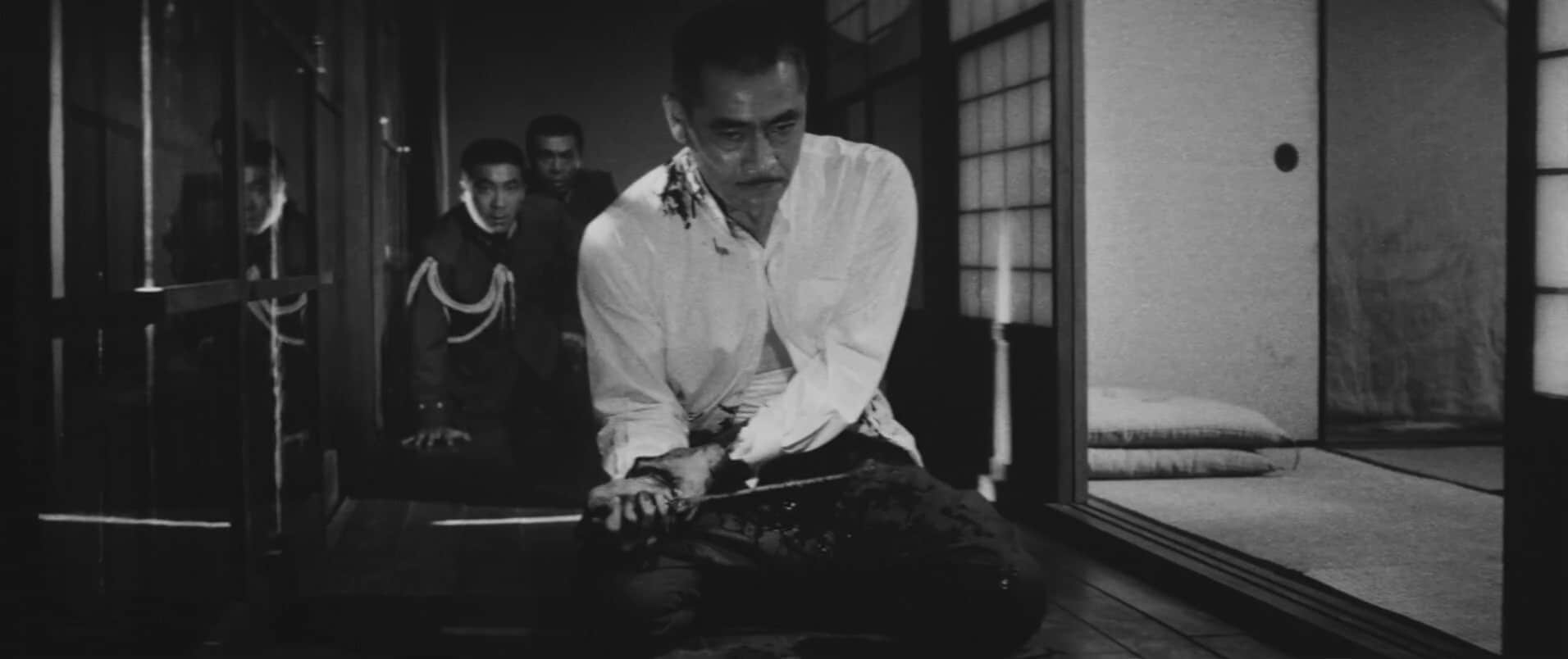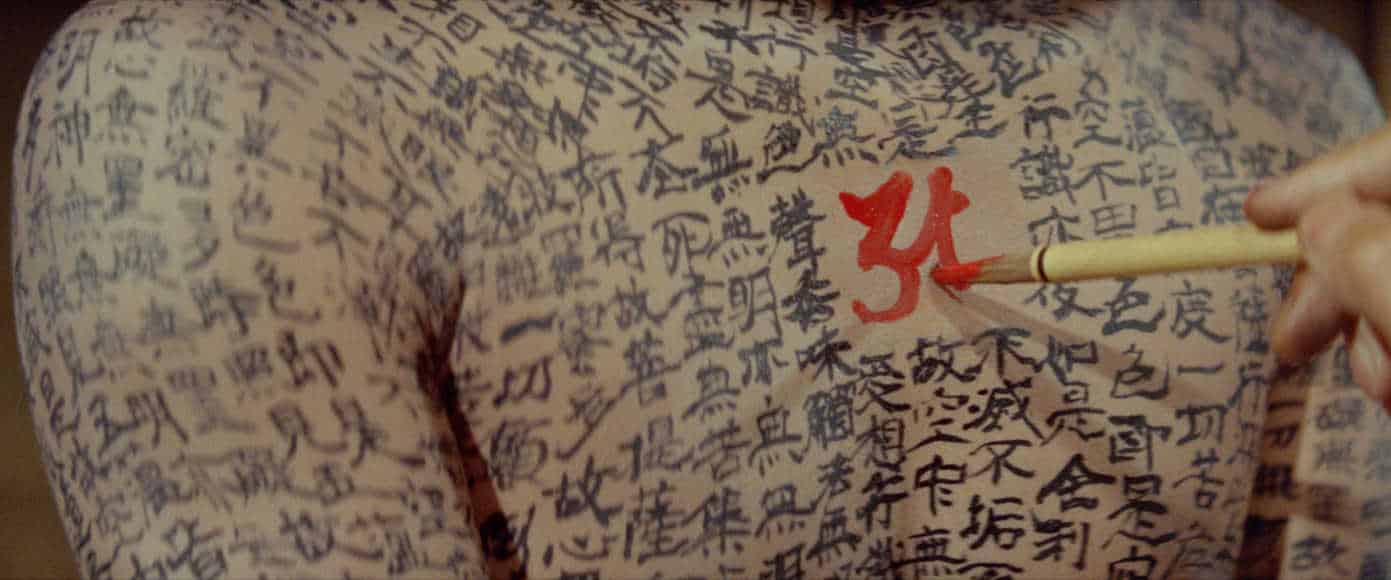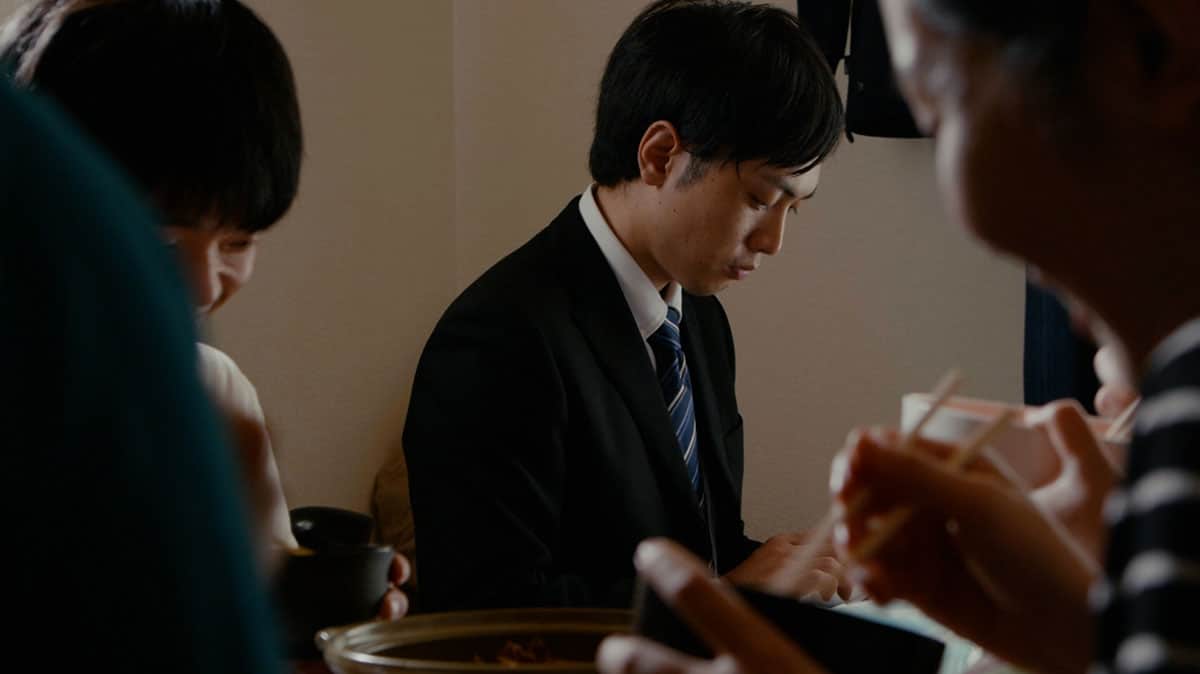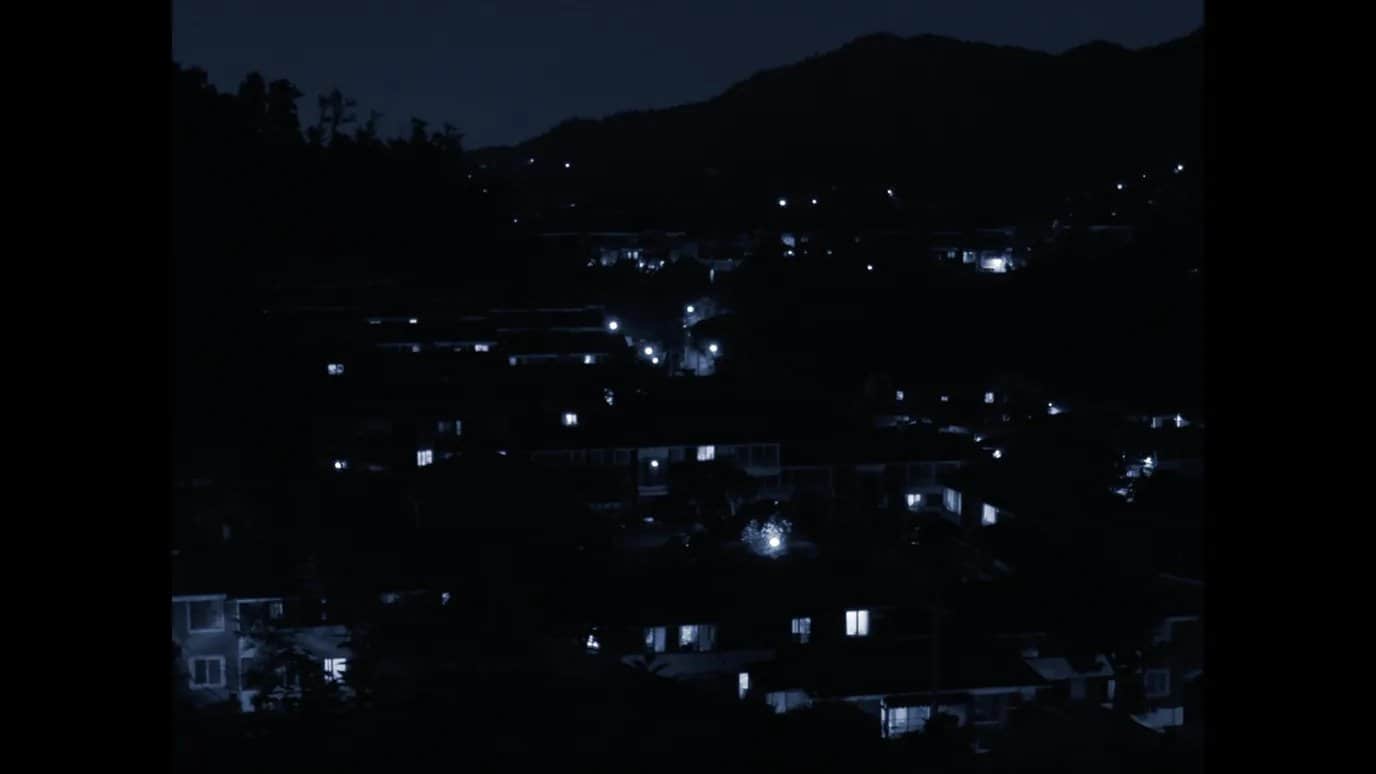“High and Low” received nominations for the Golden Lion at the 24th Venice Film Festival, and the Best Foreign Film at the 21st Golden Globe Awards. It was also awarded at the Mainichi Film Awards for the Best Film, and for the Best Screenplay. Upon its release in Japan, it earned approximately $1.3 million and became the top-grossing film of 1963.
The script, written by Akira Kurosawa, Hideo Oguni, Eijiro Hisaita, and Ryuzo Kikushima, is loosely based on Evan Hunter's novel from 1959, “King's Ransom”. Toho, the film company that Kurosawa was working with at the time, acquired the film rights for $5,000. The first half of the story revolves around Kingo Gondo (Toshiro Mifune), a board member of a Japanese shoe company, facing a critical dilemma. He must decide whether to use his considerable wealth to secure executive control in the company or help his chauffeur, Aoki (Yutaka Sada), by lending the money needed to free his child from the kidnapper (Tsutomu Yamazaki). The second half of the film concentrates on the police investigation and their attempts to catch the criminal.
Kurosawa analyses the conflict between humane values and commercial success, as he explores a class divide in postwar Japan. In his brilliant approach to storytelling, he presents an unsolvable moral dilemma, and many nuanced characters, each with a distinct point of view. The first part is the most intriguing and suspenseful, as the audience can't be sure what decision the Kingo Gondo will make. Unfortunately, the suspense diminishes slightly from the relatively early introduction of the kidnapper's character, and the second part is much less engaging, although being more dynamic.
Toshiro Mifune definitely steals the show, as he portrays a harsh but passionate businessman who must make the toughest decision in his life, a role for which he was given the Best Foreign Performer award at the Fotogramas de Plata awards. The character portrayed by Tatsuya Nakadai is also well-played, transitioning from a calm and composed detective at the beginning to becoming progressively less patient and driven by a desire for severe punishment of the kidnapper.
Asakazu Nakai and Takao Saito do a perfect job when it comes to cinematography, as they match the form of shooting to the narrative essence. When the story concentrates on Gondo's moral dilemma, the setting reflects this contemplative mood accordingly, thanks to subtle and static shots in a single location. When the action changes pace and the pursuit of the criminal starts, the style of filming also adjusts and becomes more dynamic, as the creators use hand-held cameras more frequently. Thanks to that, the film looks like a legal drama at first, and later it transforms into a noir thriller. Such development in both the plot and its portrayal fit together perfectly.
In the context of Kurosawa's rich filmography, “High and Low” seems to be a less known and rarely analyzed film, but it is definitely worth a watch. The Japanese director skillfully studies his homeland's society of that time, the struggle between traditional and capitalistic values, and what's right or wrong. Although the film is black and white, its moral couldn't be more far from it, as it presents the character's dilemmas and actions in all shades of grey.

















